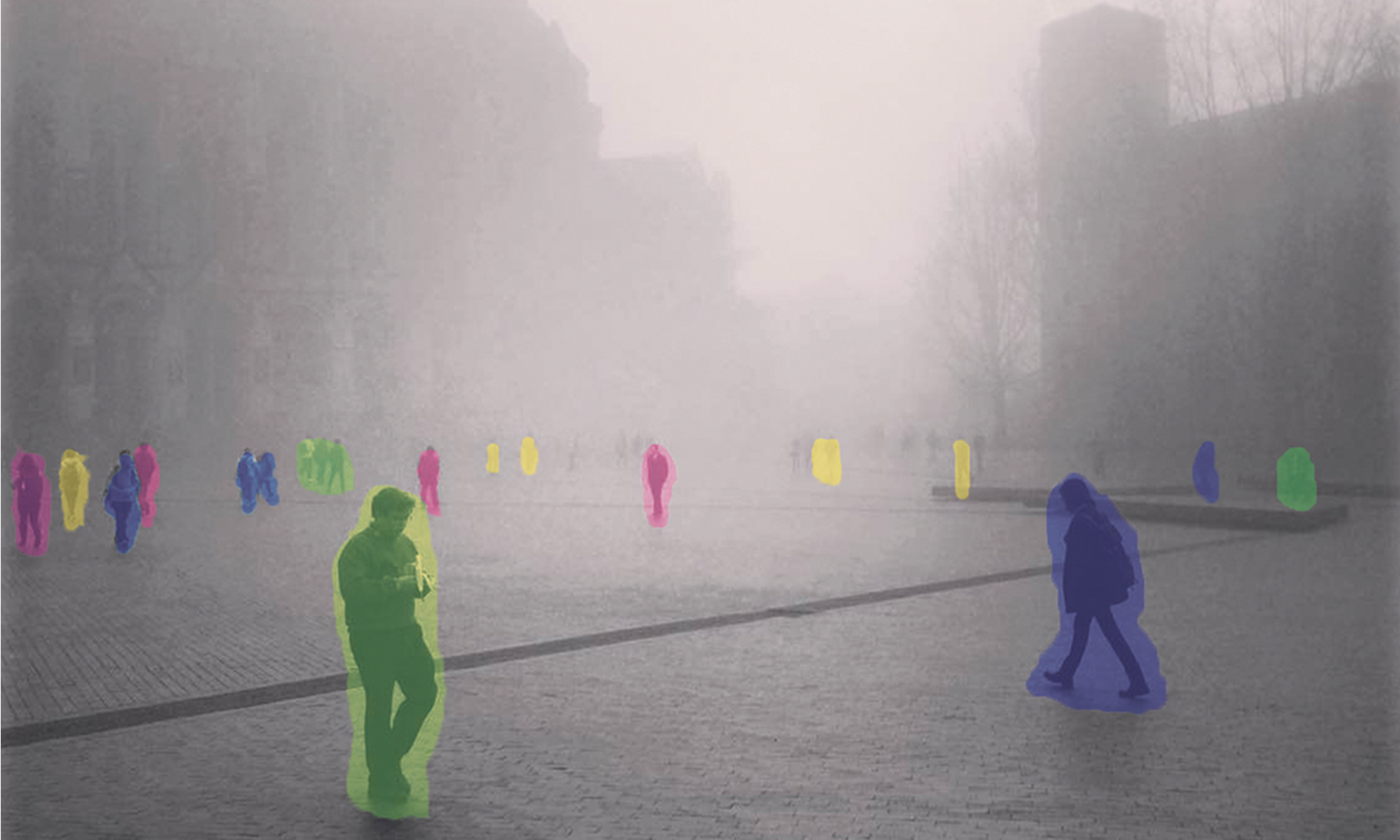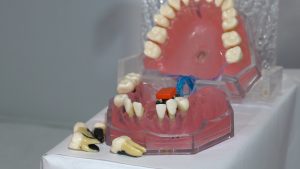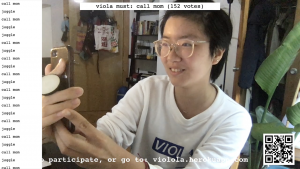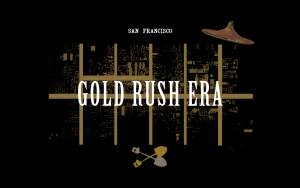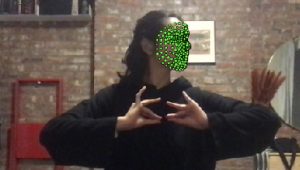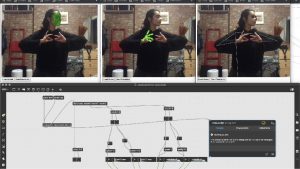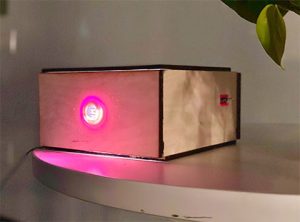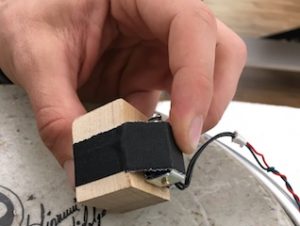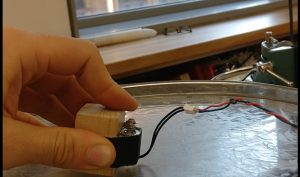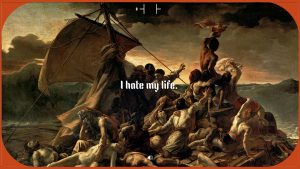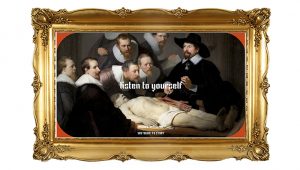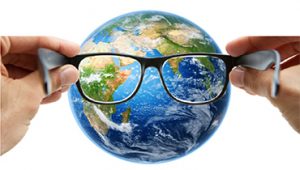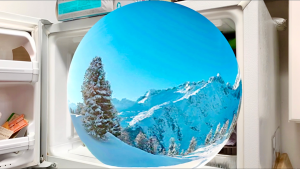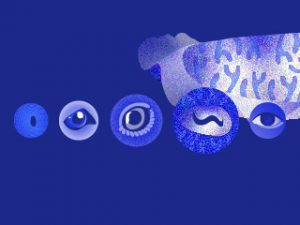An uncanny, interactive dental sculpture that plays and records intimate and disembodied audio of people talking about their anxieties surrounding the body.
Morgan Chen
Description
Teeth dreams—dreams where your teeth fall out—are a common anxiety dream.
Teeth are strange: they fall out when you’re young, as a sign of growth, and they fall out when you’re old, as a sign of nearing death. Socially, we expect everyone to have every single tooth as a sign of good health. We pay money to get our natural teeth bleached, straightened and aligned—fake teeth if we’re missing a few, or we have weak or imperfect ones. Perhaps this is what makes teeth such a common, shared cultural anxiety dream. Teeth falling out is a sign of death and decay: it is a visible sign to others that something is going wrong with the body.
This interactive dental model plays with the idea of disembodied teeth and audio about body anxiety. In an intimate, confessional style, the project asks how we contend with the experience of having an ever-changing physical body.
